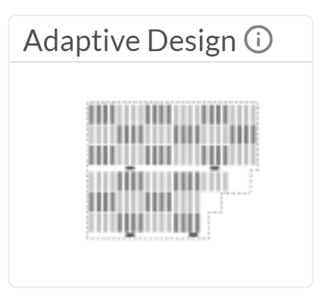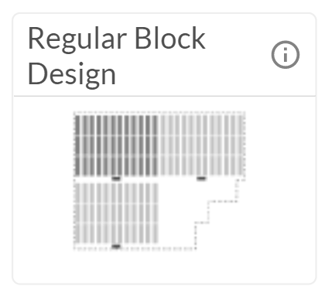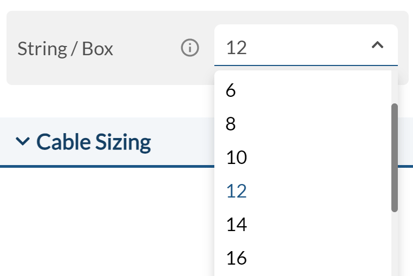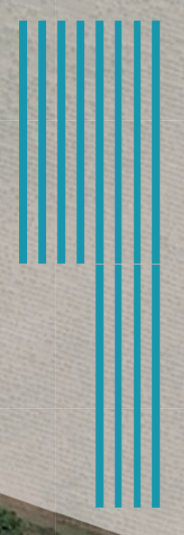Curious about the layout configuration options offered by RatedPower? In this article you will learn how to influence the placement of structures in your PV plant.
Introduction
As you may know, one of the key features of RatedPower is that it offers optimized layout solutions for your PV plant designs. Our layout algorithm presents an automated, iterative and extremely fast alternative to the traditional design process.
In this article, we will go over the guidelines that you, as a user, can give the software to achieve your goal layout. Let's uncover some of the magic behind the layout algorithm!
Layout and Electrical tab
First, let's tackle the inputs of interest that appear in the Layout and Electrical tab. These are found under the sections Type of Layout and Solar field.
Type of Layout
Currently in RatedPower, we can select an adaptive design or regular block design. We define adaptive block design in this way.
Adaptive Design - small blocks of structures will be installed.- The size of the block can be from 1x1 onwards. In other words, the block can consist of a single structure.
- A smaller block allows for a more fitted design. To adapt your design to the perimeter of your site as much as possible, go small. This will help maximize the installed capacity.

- In order to minimize the cable lengths, the shape of the block will be as square as possible.
- All blocks will showcase the same electrical interconnection scheme, leading to a repetitive design electrically and civil-wise.
- Structures that are part of the same block are interconnected to the same power station. The number of structures in a regular block is determined by the number of inverters included in a power station.
- This option will lead to consistent design throughout your site as all blocks will be more or less equal. A regular block design is interesting if the available area is large and square. For irregular perimeters, it may not maximize the installed capacity.

Solar field
When using a central inverter, the next input is to determine the strings per box. RatedPower will generate a value range and from this range, you can select the maximum number of strings per collector system. This value range will be determined based on the characteristics of the structure in use as well as the defined value of strings/structure in the equipment tab.
The value chosen here is the maximum number of strings per collector system. In order to achieve an exact DC/AC ratio, other lower values of strings per collector system may also be used.

Keep in mind that changes made to design parameters that relate to the electrical configuration of the system can cause this range of values to change.
Why can't I select the block size independently of the other electrical parameters?
RatedPower uses the characteristics of the chosen equipment along with the desired DC/AC ratio and preferred strings/box to determine the block sizes within the plant. This is done to optimize the use of space and meet the electrical requirements specified by the user.
Layout view
You can preview the layout of your PV plant at any point during the design process.
For fixed structures, the layout will look like this, with the structures oriented E-W:

For single-axis trackers, the layout will look like this with structures oriented N-S:
 If a linked row tracker has been selected in the equipment tab, you are able to define the number of structures per linked row tracker. The software will define blocks according to the chosen value and update the layout accordingly. For instance, in the picture below there are 4 structures per linked row tracker. Choosing a large value can cause more space to be unfilled.
If a linked row tracker has been selected in the equipment tab, you are able to define the number of structures per linked row tracker. The software will define blocks according to the chosen value and update the layout accordingly. For instance, in the picture below there are 4 structures per linked row tracker. Choosing a large value can cause more space to be unfilled.

Civil parameters
For more options regarding structure placement and disposition, go to the Layout tab (Layout configuration) and check our article How to define the civil parameters of your site.
For any other questions or more information regarding this topic, you can contact us at: support@ratedpower.com
